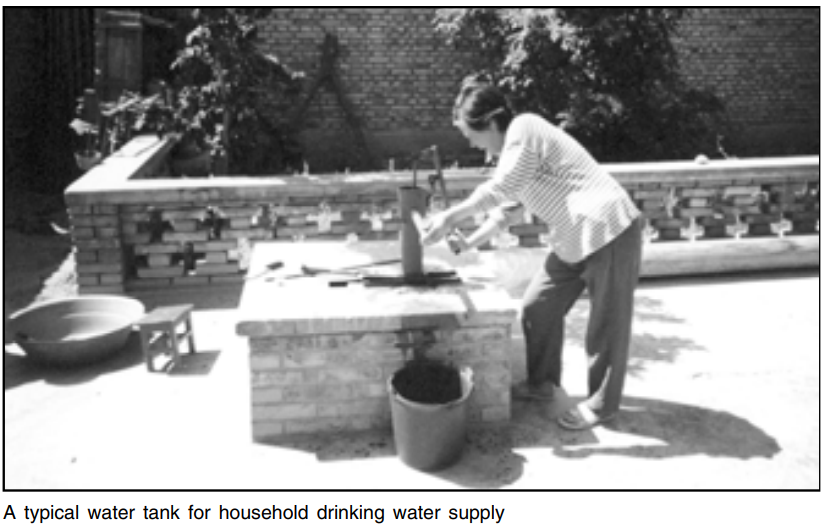09 February 2023
RAINWATER HARVESTING AROUND THE WORLD – CHINA
Rainwater harvesting has been an important practice in China for centuries, and it continues to play a critical role in the country's water conservation efforts today.

Over the past 30 years, Chinese cities have experienced increasingly serious water security issues due to high population density, rapid urbanization, and disproportionate investment in water infrastructure. With over 1.4 billion people living in an area of just over 9.6 million square kilometres, China's water resources are under constant pressure.
To meet the needs of China’s growing population, the country has had to look for new ways to conserve water and make the most of what is available. Urban rainwater harvesting (URWH), an integrated household and community-level rainwater management measure has been widely used to collect, store, treat, use, and discharge rainwater in urban areas broadening social, ecological, and environmental benefits. URWH increases the retention and penetration of rainwater, reduces the urban flooding risk, decreases river and lake pollution, and improves the quality of watersheds in urban areas.
Urban rainwater utilization in China has a long history, with the construction of ponds for domestic rainwater storing recorded as early as the Qin and Han dynasties, and water cellars construction in northwest China for several hundred years. However, the research and application of urban rainwater utilization began concretely in the 1980s and developed in the 1990s (Dai et al. 2019). During 2006-2015, the construction of rainwater collection and utilization facilities was carried out in many Chinese cities, especially with the 2008 Beijing Olympics as an opportunity (Li et al. 2006).
URWH was an important integrated engineering measure in the construction of ‘Sponge City’, a new concept proposed by the Chinese government for urban development strategy - to achieve reasonable ‘infiltration, retention, storage, purification, use and drainage’ of rainwater in urban areas.

Policy evolution of URWH in China, 1990–2021. Source: iwa.silverchair.com
In 2013, Beijing compiled the ‘Examples Compilation of Beijing Rainwater Utilization Projects’ becoming one of the second batches of sponge city pilot cities in 2016 where URWH was widely promoted and got rapid development.

Key URWH policies in Beijing. Source: iwa.silverchair.com
However, both government and households funded and started the “1-2-1 catchment project” in 1995 to upgrade and expand the indigenous clay-lined excavated shuijiao water cellars and their earth catchments using cement, concrete, and clay roof tiles. The name 1-2-1 means each household acquires 1 rainwater catchment area, 2 large underground water tanks 30–50 m3 in volume, and 1 piece of 670 m2 land for micro-irrigation using some of the stored rainwater. The project was initiated in Gansu Province and has been running for 10 years now. With the remarkable growth of the project, over 2 million people benefited by 2003.
Ever since the rainwater harvesting irrigation project was launched in 1996, agricultural production has been promisingly increased. 2.2 million sub-surface water tanks were built in shuijiao and come with a capacity of 30–50 m3 enabling irrigation of about 339 000 ha. As a result, thousands of greenhouses harvest their own irrigation water. The Gansu experience has now been widely shared throughout China, mainly in remote and mountainous areas.

Despite the many benefits of rainwater harvesting, there are also some challenges associated with these practices in China. For example, in areas where water is already scarce, it can be difficult to find suitable sites for storage structures. Additionally, poor maintenance of many rainwater harvesting systems has led to water contamination and other health hazards. Overall, rainwater harvesting is an important practice in China as it is likely to become even more critical in the years to come as the country's population continues to grow and water resources become increasingly scarce. By using collecting and storing rainwater, China is working to ensure that it has the water it needs to meet the needs of its people today and in the future.


